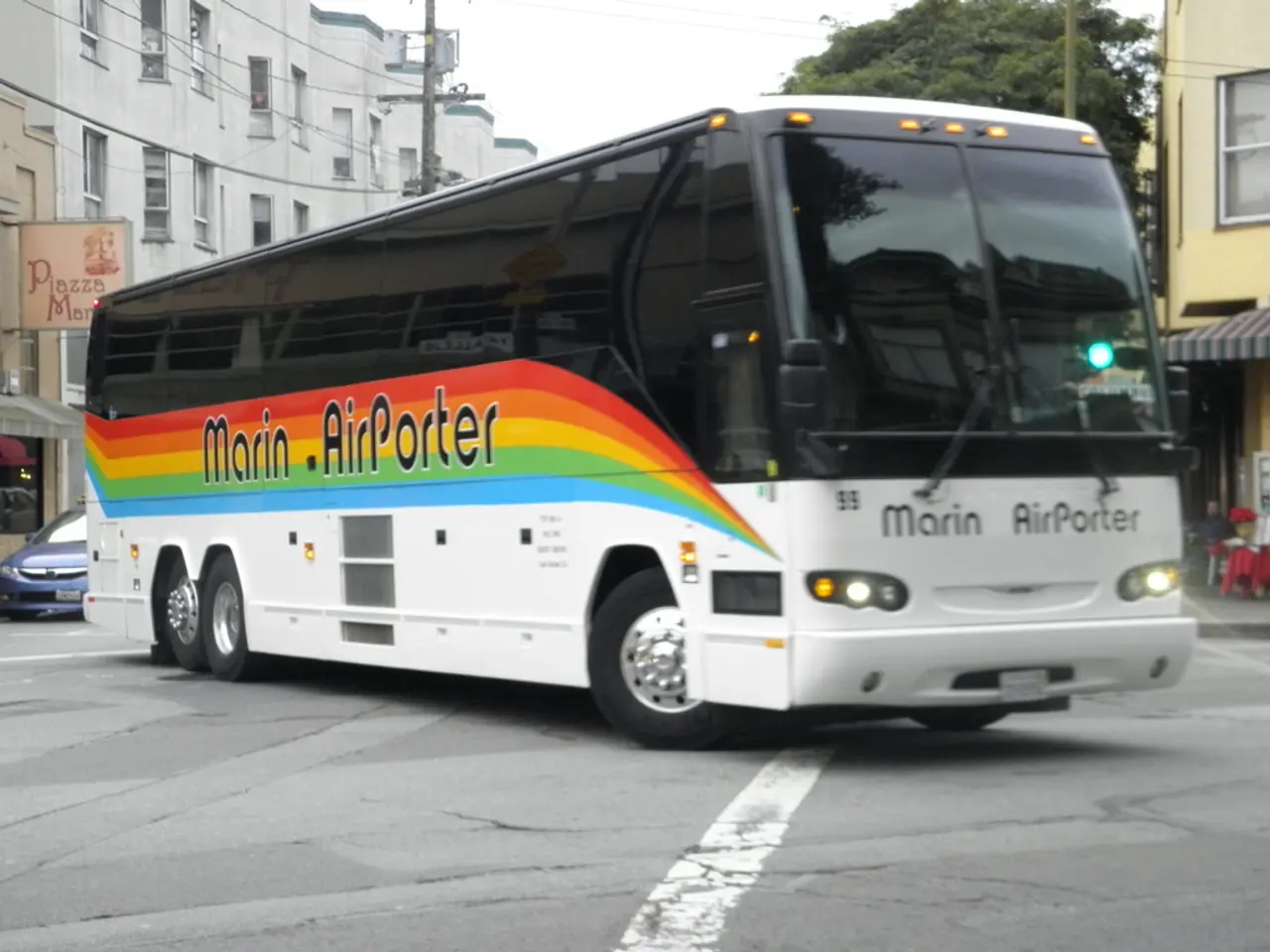Bridge Demolition Planned: Impedes Farmers from Mowing Meadows by Railway Authorities - Railroad Plans to Demolish Bridge: Farmers Face Challenges Mowing Meadows
# Bridge Demolition Threatens Schrobenhausen's Agriculture and Nature Conservation Areas: A Call for Collaboration
The picturesque town of Schrobenhausen in Upper Bavaria faces an unexpected challenge, as the demolition of a small bridge over the Paar River by Deutsche Bahn threatens not just the livelihoods of local farmers but also the health of its nature conservation areas.
## The Impact on Agriculture
The bridge, owned by Deutsche Bahn and built over a century ago, has served as a vital access route for farmers, connecting their fields to distribution centers. Its closure has disrupted the transportation of crops, leading to potential crop failure and increased costs for farmers.
## The Threat to Nature Conservation
**1. Grass Cutting Disruptions:** The closure of the bridge has put the annual grass cutting for the meadows at risk. Without access, farmers cannot maintain the meadows, which are rich in herbs and provide essential habitats for various species.
**2. Loss of Biodiversity:** If the undergrowth is allowed to grow high and become overgrown, the nature conservation areas will no longer provide suitable space for birds and other animals.
## The Legal and Administrative Aspects
- **No Demolition Application:** Deutsche Bahn has yet to submit an application for demolition, as required due to the bridge's location in a landscape protection area. - **Temporary Halt:** The district office has temporarily halted the demolition of the bridge, pending further discussions with property owners and Deutsche Bahn.
## The Economic Significance of the Bridge
The bridge plays a crucial role in the value of the surrounding properties, as stated by Siegl. The value of the land without the bridge is estimated at one euro per square meter, while with the bridge, it could be up to five or six euros.
## The Need for Collaboration
### 1. Temporary Access Solutions - **Temporary Bridge:** Install a temporary bridge to restore immediate access for agricultural vehicles and maintain the meadows. - **Temporary Roads:** Construct provisional access roads while a permanent solution is developed.
### 2. Stakeholder Engagement - **Dialogue with Deutsche Bahn:** Engage in meaningful discussions with Deutsche Bahn to find a mutually agreeable solution that balances railway needs with the needs of the community. - **Alternative Transport Routes:** Identify and optimize existing routes to minimize disruption during the interim period.
### 3. Financial and Logistical Support - **Compensation for Losses:** Advocate for financial support for affected farmers to mitigate losses. - **Logistical Assistance:** Provide alternative transport options, such as organizing shared haulage for affected parties.
### 4. Long-Term Planning - **Infrastructure Development:** Plan for robust, multi-purpose infrastructure that accommodates both railway and agricultural needs. - **Future Proofing:** Implement contingency plans for future disruptions in critical infrastructure.
## Conclusion
The bridge demolition by Deutsche Bahn poses a significant threat to Schrobenhausen's agricultural sector and nature conservation areas. Collaborative efforts are needed to address these challenges, find alternative solutions, and support the local farming community. By working together, we can protect Schrobenhausen's rich agricultural heritage and economic stability, while preserving its natural beauty for future generations.
- In light of the bridge's importance for environmental-science, such as maintaining the health of nature conservation areas and the biodiversity they support, vocational training could be beneficial in developing sustainable farming practices to adapt to disruptions caused by infrastructure changes.
- The economic impact of the bridge extends beyond agriculture, as the value of surrounding properties is significantly affected. This highlights the need for financial management strategies (finance) to address potential losses and ensure the long-term viability of the community.
- The intersection of science, industry, and environmental-science in addressing the bridge issue underscores the importance of sports-like collaboration, where all stakeholders engage in open dialogue, work towards finding sustainable solutions, and support one another during challenging times.




